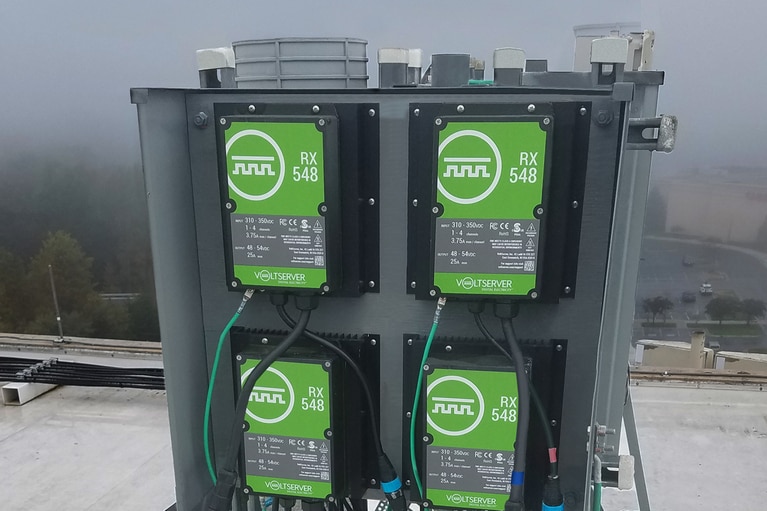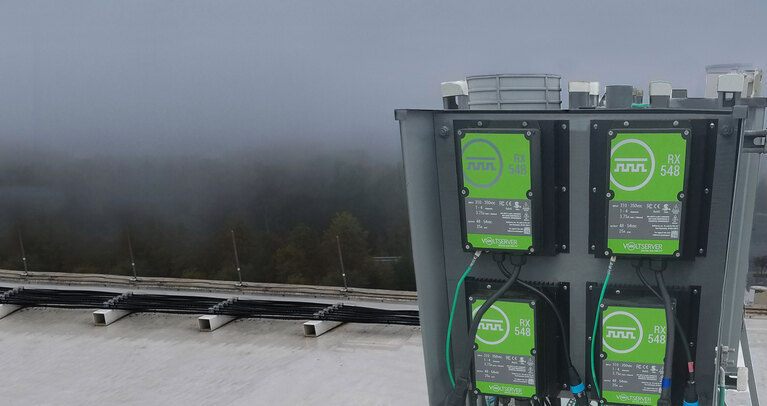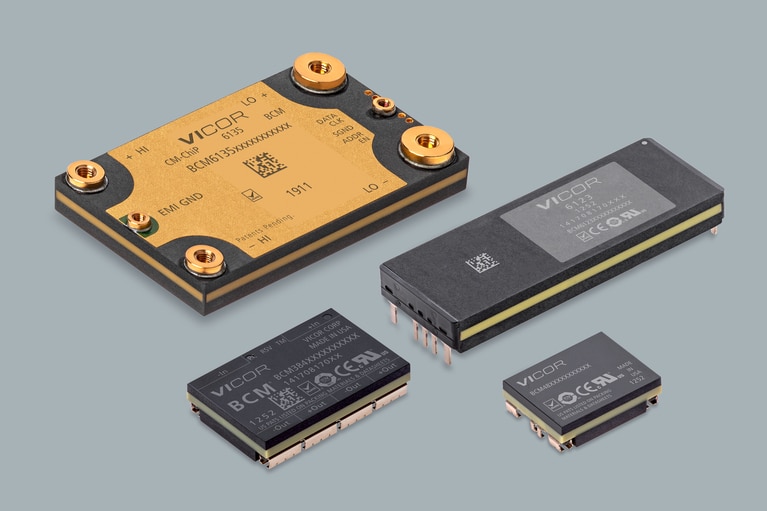Power delivery network challenges
Power delivery network challenges

Size and weight

Compact thermal cooling

High power density
Accelerating digital transformation for today’s smart world
Accelerating digital transformation for today’s smart world
The digitalization of buildings, agriculture and outdoor stadiums require deploying intelligent edge-sensors to facilitate real-time data transmission to the cloud. Powering these intelligent sensors, which often includes communications and processing capabilities, is challenging due to the long-distance cable runs needed which can be inefficient and expensive to deploy. Running heavy gauge wiring through large stadiums, convention centers, office towers, warehouses, and vertical farms is a labor-intensive hurdle to overcome to deliver digital intelligence to these venues. Digital Electricity™, a patented new technology of VoltServer™, simplifies and optimizes the installation and power delivery for smart applications. VoltServer’s approach reduces costs and capitalizes on efficient power delivery over long distances, providing numerous advantages compared to conventional electrical installations. With Digital Electricity™, up to 2kW of power can be efficiently and safely transmitted across long distances up to 2km using low-cost, off-the-shelf data cables.
Postcast
Powering Innovation podcast
What is “Digital Electricity” and how does it compare with Tesla’s and Edison’s AC and DC power? LISTEN NOWProviding the benefits of low-voltage with the power and distance capabilities of AC
Providing the benefits of low-voltage with the power and distance capabilities of AC
VoltServer™ takes conventional electricity and breaks it into small pulses, or “energy packets.” Each packet is sent to a receiver from a transmitter that contains local, embedded processing capability. Each energy packet is analyzed using a digital signal processing engine to determine that power is being precisely and safely distributed; and if a fault is detected the next energy packet is not sent. Each packet contains only a very small amount of energy, so individually they are not harmful to people, animals, systems, or buildings. The receiver converts Digital Electricity™ back into analog AC or DC to power local loads, depending on the specific application. While the transmitter may be placed in a central location, the receivers are distributed throughout sites, often in difficult to access spaces requiring them to be compact, rugged, and reliable.
Advantages of a Vicor solution
Vicor advantages

High efficiency

Convection cooling

Compact size
High-efficiency, thermally adept modules reduce EMI and power loss
Vicor ruggedized, passively-cooled DC-DC fixed-ratio bus converters are located in the receivers. They provide the power efficiency that allows the receivers to be placed in tight, enclosed spaces that are too small to permit the use of active cooling. This allows the Voltserver’s platform to operate more efficiently with a much smaller receiver footprint.
Vicor BCM6123 fixed-ratio bus converters uses a proprietary, low-noise, high-efficiency Sine Amplitude Converter (SAC) topology that requires little electromagnetic filtration. This further reduces cooling requirements, which lowers total cost of ownership by reducing power losses.
“With the Vicor converter, we have 43% less heat loss than a normal converter, and the heat sink size decreases disproportionately,” said Dan Lowe, VoltServer’s co-founder and Chief Business Officer. “Also, the Digital Electricity™ receiver may need to be outdoors, and ideally it operates without a fan to cool it. That’s where Vicor comes in really, really neatly.”
Digital Electricity offers the benefits of low-voltage with the power and distance capabilities of AC high voltage. It’s easier to install long runs using light-weight cabling and it conforms to the NEC and CEC Code.




